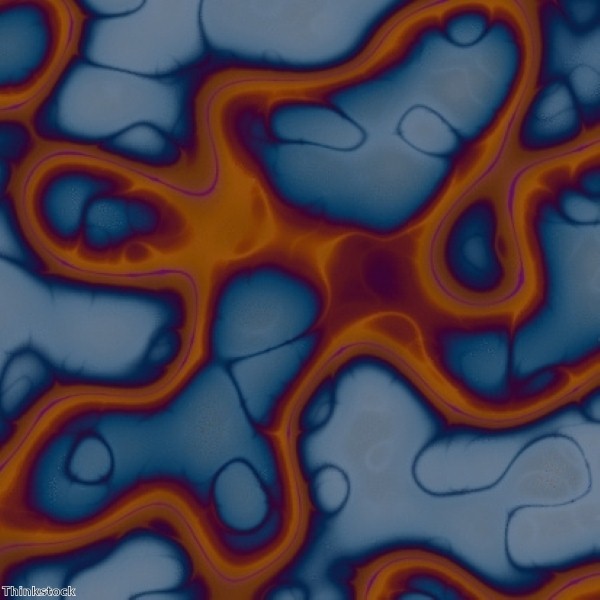Researchers at Columbia University have come closer to realising a longstanding goal of the scientific community by developing a new method of visualising small biomolecules inside living biological systems with minimum disturbance.
A general method has been developed to visualise a range of molecules such as small molecular drugs and nucleic acids, amino acids and lipids, determining where they are localised and how they function inside cells.
Fluorophores – molecules that glow when illuminated – have been used to label molecules of interest when studying their activity within cells. A fluorescence microscope is used to track and locate these molecules with high precision. This process became more common following the invention of green fluorescent protein in 1994.
Fluorophore tagging is not without its problems, however. Difficulties arise when tagging small biomolecules as the fluorophores are almost always larger or comparable in size to the small molecules of interest. As a result, they often disturb such molecules' functioning.
Assistant professor of Chemistry Wei Min's research team used an emerging laser-based technique called stimulated Raman scattering (SRS) microscopy. They combined this with a small but highly vibrant alkyne tag (C=C, carbon-carbon triple bond), a chemical bond that, when it stretches, produces a strong Raman scattering signal at a unique "frequency" (different from natural molecules inside cells).
Using the tiny alkyne tag to label molecules avoids the problems associated with fluorophore tagging while obtaining high-detection specificity and sensitivity by SRS imaging.
The laser colours are tuned to the alkyne frequency and the focused laser beam quickly scanned across the sample, point-by-point, enabling SRS microscopy to pick up the unique stretching motion of the C=C bond carried by the small molecules. A three-dimensional map of the molecules inside living cells and animals is thus obtained.
Using this method, Min's team demonstrated tracking alkyne-bearing drugs in mouse tissues and visualising de novo synthesis of DNA, RNA, proteins, phospholipids and triglycerides through metabolic incorporation of alkyne-tagged small precursors in living cells.
The team intends to use this technique in further experiments; they are also creating other alkyne-labeled biologically active molecules for more versatile imaging applications.

